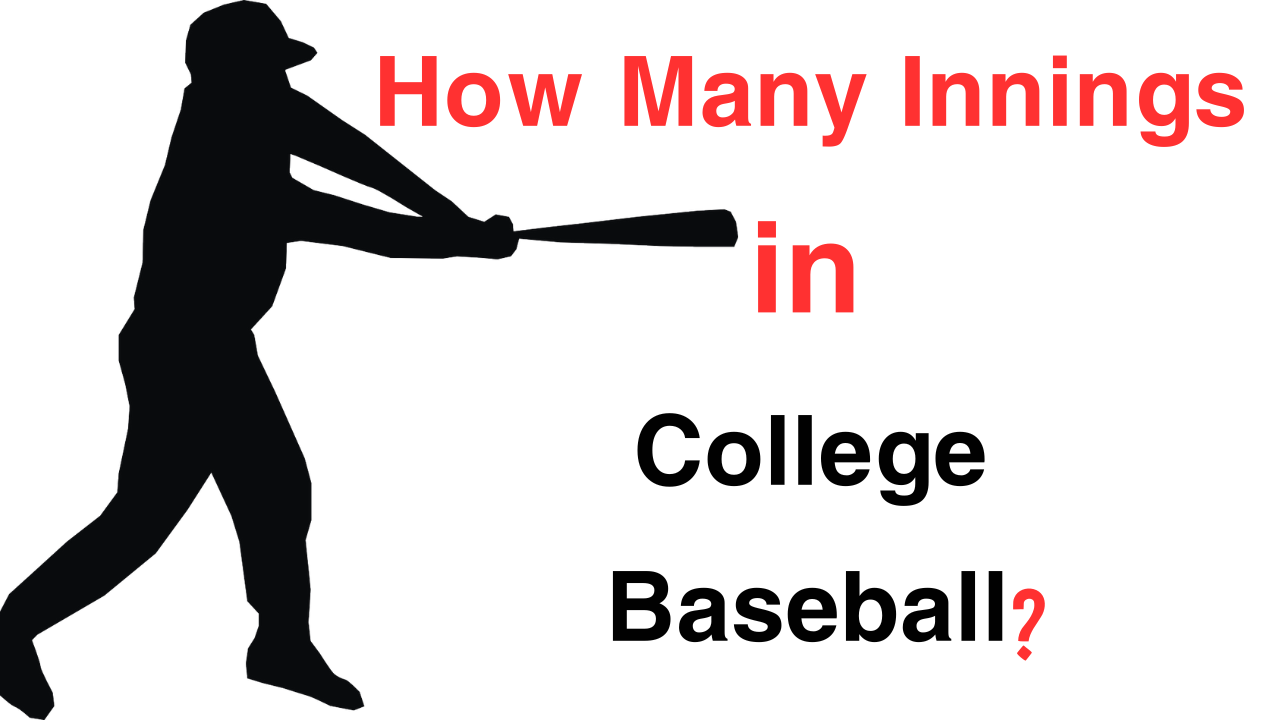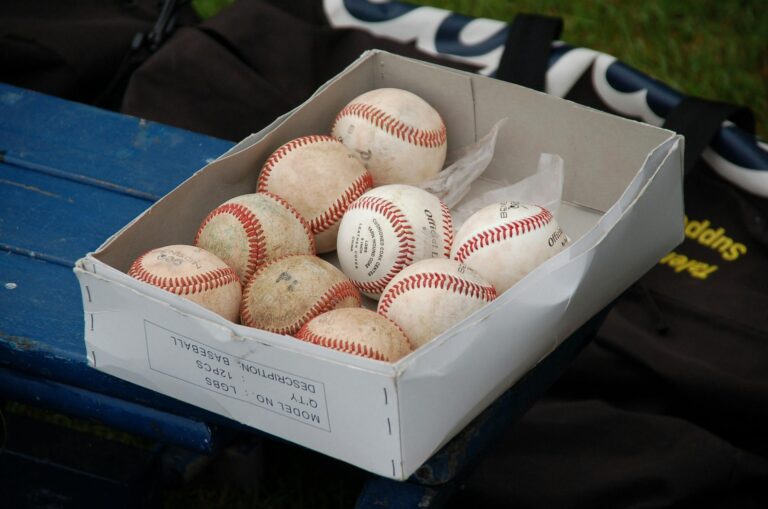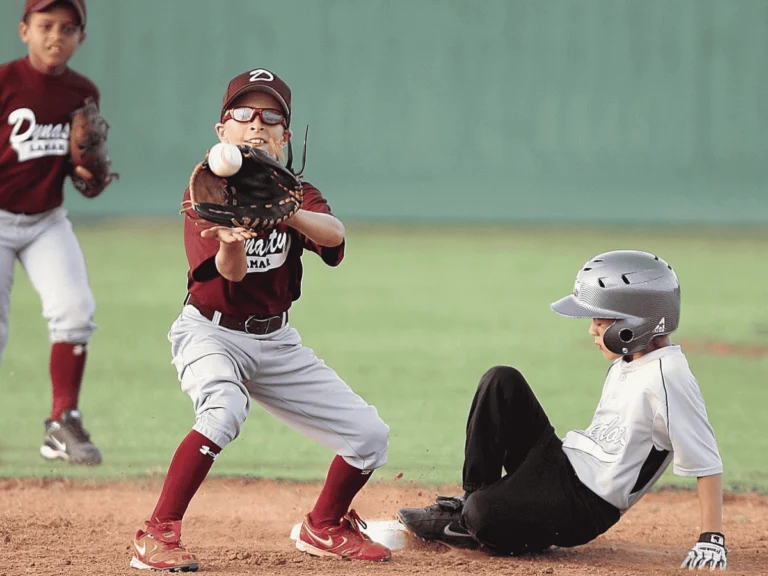How Many Innings in College Baseball?
Professional and college baseball games are supposed to last nine innings. Softball and high school baseball games, as well as minor league baseball doubleheaders, are scheduled for seven innings each.
College baseball, a beloved American pastime, brings together the thrill of competition and the camaraderie of teamwork. As fans cheer from the stands and players take to the field, one question often arises: how many innings in college baseball? Delving into this inquiry uncovers not only the technical aspects of the game but also its rich history and enduring appeal.

Understanding the Basics
Innings Defined: To comprehend the duration of a college baseball game, it’s crucial to grasp the concept of an inning. An inning in baseball is divided into two half, during which time each team can bat and field.
Regulation Play: Unlike professional baseball, where games typically consist of nine innings, college baseball follows a slightly different format. Regulation play in college baseball spans nine innings, mirroring the professional standard.
Unraveling the Differences
Varied Formats: While the standard game features nine innings, college baseball occasionally introduces variations. Some tournaments or specific rulesets may implement doubleheader games or shortened formats, altering the typical inning count.
Innings Limitations: Despite potential modifications, college baseball adheres to certain limitations. NCAA regulations dictate the maximum number of innings allowed per game, ensuring fairness and consistency across competitions.
Exploring the Implications
Game Dynamics: Understanding the number of innings in college baseball is crucial for players and spectators alike. The length of the game impacts strategic decisions, player endurance, and overall excitement on the field.
Strategic Pacing: Coaches often strategize based on the inning count, managing pitching rotations and offensive plays accordingly. Each inning presents a new opportunity to gain an advantage, making strategic planning paramount.
Related : Understanding Who Bats First in Baseball?
Delving into Tradition
Historical Context: The tradition of nine innings traces back to the origins of baseball itself. Dating back to the 19th century, the game’s founders established nine innings as the standard duration, a tradition upheld in college baseball today.
Cultural Significance: The nine-inning structure carries cultural significance, symbolizing the enduring legacy of baseball in American sports history. College baseball preserves this tradition while also embracing innovation and adaptation.
FAQs About How Many Innings in College Baseball?
here is some FAQs about How Many Innings in College Baseball?
- How long is a typical college baseball game?
A typical college baseball game lasts around three hours, with each inning averaging about 20 minutes of playtime. - Can college baseball games end in a tie?
Yes, college baseball games can end in a tie if regulation play concludes without a clear winner. However, tiebreakers may be implemented in certain scenarios. - Are there extra innings in college baseball?
Yes, college baseball games can extend into extra innings if the score remains tied at the end of regulation play. Teams continue to play additional innings until a winner emerges. - How many innings are there in playoff games?
Playoff games in college baseball typically adhere to the standard nine-inning format. However, postseason matchups may feature additional innings if necessary to determine a winner. - What happens if a game is suspended due to weather?
If a college baseball game is suspended due to inclement weather or other unforeseen circumstances, it may be resumed at a later time or date, depending on NCAA regulations and logistical considerations. - Can games be shortened in college baseball?
Yes, college baseball games can be shortened due to various factors, such as weather conditions, scheduling constraints, or mutual agreement between teams and officials.







4 Comments